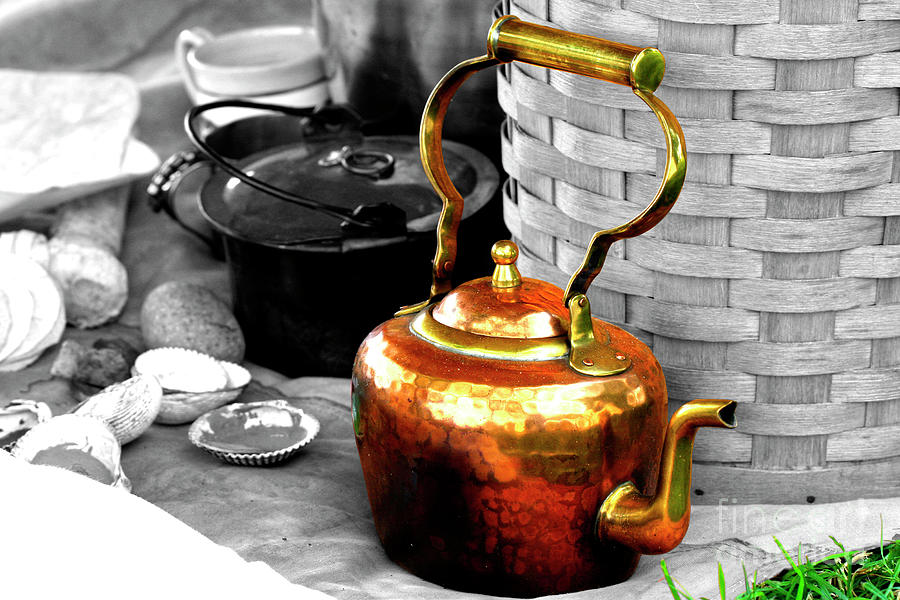The Least Chosen Angle of Multnomah Falls
This is not your classic shot of Multnomah Falls in Oregon. It is indeed not your classic shot of any waterfall. The base is always a secondary subject. But many have their own beauty, if taken at the correct angle. This one has a lot going for it, chosen for the rock, the moss, the ferns, the semi-soft water spilling over the lower falls, even the dry look lower right. The juxtaposed barren look of this angled hillside, is such a contrast to the lush green and wet. There's a sense of power, dynamics and yet a dead calm to the scene. Even the logs tucked into the area below and to the right of the falls grabs your attention. How big are they? And I could have lowered the shutter speed so the falls appear smooth, tripod-assisted, but there are times when the buttery-smooth shot needs to take second place to a realism the scene demands.
When you are out shooting a scene, looking for a particular look, don't forget to include a few angles, or exposures outside of your goal for the day. This one is an outside of the box example.
Add a Comment Below and Share










